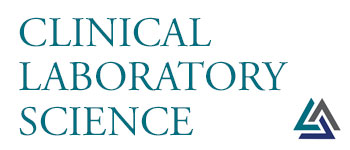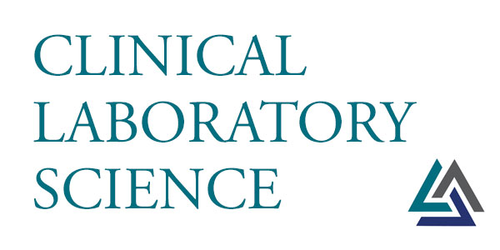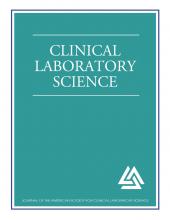This article requires a subscription to view the full text. If you have a subscription you may use the login form below to view the article. Access to this article can also be purchased.
- Suzanne Campbell, PhD, MLS(ASCP)CM⇑
- Address for Correspondence: Suzanne Campbell, PhD, MLS(ASCP)CM, MLT Program Coordinator, Seward County Community College/Area Technical School, 520 N. Washington, Liberal, KS 67901, 620.417.1403, suzanne.campbell{at}sccc.edu
Abstract
A 52 year old, healthy male presented to his optometrist complaining of redness and irritation in the right eye. A foreign body was removed from the eye. The patient was started on ophthalmic solutions of vigamox and systane. At 48 hours, the patient reported increased redness, limited vision, and yellow discharge from the eye. The patient was referred to an ophthalmologist for further evaluation. Physical assessment revealed a superlative central infiltrate (extreme, centrally located injury that had permeated the cornea), diffuse corneal haze, and edema with a 3- to 4+ conjunctival injection and a 1 millimeter hypopyon (an effusion of pus into the anterior chamber of the eye).1 Corneal scrapings were collected for aerobic and anaerobic bacterial and fungal cultures. The patient was then prescribed vancomycin, tobramycin, and natamycin ophthalmic eyedrops. On day three, fungal culture results indicated possible fungal forms seen. On day 12, results from the fungal culture of the corneal scraping revealed the causative agent to be Aspergillus terreus. Voriconazole eyedrops were added to the treatment regimen and continued for 10 weeks. The physician order for a fungal culture as well as laboratory data providing the final identification of Aspergillus terreus and laboratory comments indicating an elevated minimum inhibitory concentration (MIC) (> 2 μg/mL) to amphotericin B is associated with treatment failure positively impacted the patient outcome. After completion of the treatment regimen, a photo-therapeutic keratectomy (PTK) was performed in an attempt to remove the dense corneal scarring caused by the fungal infection.
ABBREVIATIONS: Photo-therapeutic keratectomy – PTK; invasive aspergillosis –IA; deoxyribose nucleic acid –DNA; real time polymerase chain reaction - rt-PCR; amphotericin B – AMB; intravenous – IV; Food and Drug Administration – FDA; minimal inhibitory concentration – MIC.
- © Copyright 2014 American Society for Clinical Laboratory Science Inc. All rights reserved.






